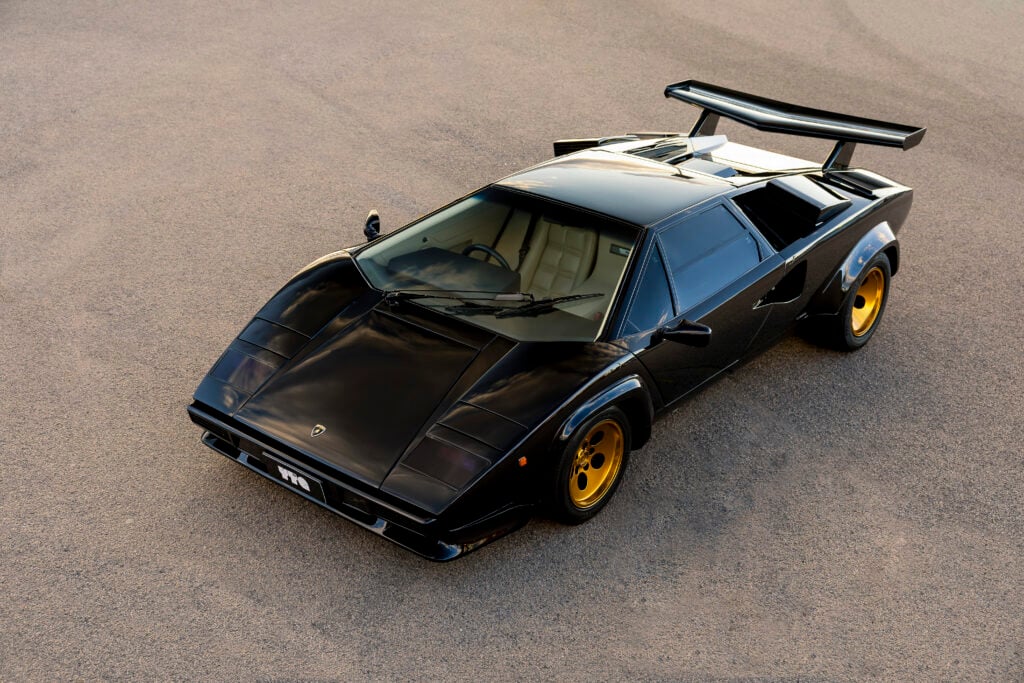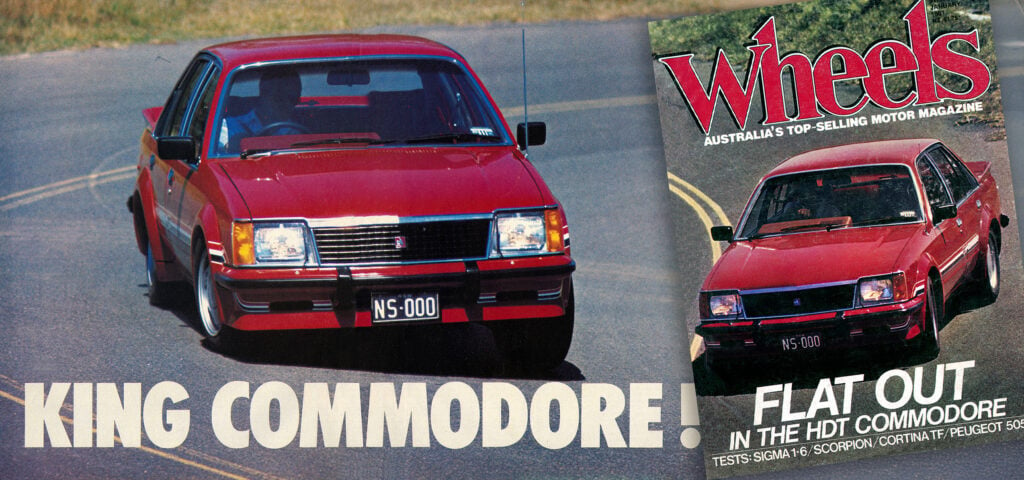What do the Formula One Brabham BT46B ‘Fan Car’, the McLaren F1 supercar and a compact city car have in common?
Well, in Gordon Murray’s vision for the future of passenger car design, the three share advanced design and construction to deliver superior lightweight performance.
The South African-born Englishman calls his radical new design, development and manufacturing process iStream. ‘Stream’ stands for Stabilised Tube-Reinforced Exoframe Advanced Manufacturing. A composite monocoque structure bonded to a tubular steel frame forms the basis of the car, but not the whole life-cycle iStream process.
Cars have been manufactured in much the same way since, well, the dawn of the car. Murray’s new system, which does away with pressed steel body/chassis structures, is a car development and production overhaul designed to dramatically reduce production costs, increase vehicle efficiency and safety, and provide numerous flow-on benefits that result from lighter vehicle weight, including increased durability and reduced running costs.
Murray’s website tells of 80 per cent reductions in the capital investment required for car manufacturing plants, a 40 per cent drop in vehicle life-cycle CO2 emissions, and a weight drop of 200kg in a Ford Fiesta-sized car. And if all that sounds like a dramatic change of pace for the man who was involved in the design of the McLaren MP4/4, which took the late Ayrton Senna to his first World Drivers’ Championship in 1988, well… it’s not.

Apply Formula One techniques to an affordable, lightweight sportscar, rather than a run-about, and now you have our attention. And while few technical details about the Sports Ride Concept are available, the prospect of a low-cost, light sportster with a motorcycle engine is tasty.
This concept marks the intersection point, where the philosophies of a Formula One car and an efficient city car collide. Let us explain.
If you reduce its weight, a car can accelerate, decelerate and change direction more quickly. Or, in a city car, such as the iStream Yamaha MOTIV.e shown at Tokyo in 2013, you can reduce the size of the engine and brakes by a corresponding amount, while maintaining an acceptable level of performance (and you get a free handling upgrade).
Reduce manufacturing and running costs and the consumer can spend their money on something else. Or, in Formula One, the team can spend it elsewhere to make its cars go quicker.
Y’see, for all its pragmatism, Gordon Murray’s iStream isn’t an about-face – it’s the man doing what he does best. It’s clear from the Yamaha MOTIV.e, Sports Ride Concept, and the iStream-lined next-gen of TVR cars, that Murray’s latest endeavour, as ever, amounts to him exercising his brilliant engineering skills.

Light, simple: Murray’s Chassis Secrets
1. Laser sharp The Yamaha Sports Ride Concept’s monocoque chassis is built around a welded ‘iFrame’ of laser-cut and CNC-bent, large-diameter, thin-walled steel tubes. It features bonded ‘iPanels’ that sandwich paper (or paper-core honeycomb) between thin skins of woven, uni-directional, random matte glass or natural fibre.
2. Slimmer MX Mazda’s ND MX-5 is commendably light at little more than a tonne (1009kg), however the Sports Ride Concept, which is only slightly smaller, is said to weigh just 750kg (it’s only around 16mm less in length, 15mm narrower and 59mm shorter in height). Not even a Lotus Elise is that light these days.
3. Safe tech Direct Load Path tech allows the iFrame’s steel tubes to carry crash forces through the chassis and away from the passenger cell. With the uni-directional (the carbonfibres are aligned with each other) composite/honeycomb sandwich panels attached, the highly rigid architecture exceeds NCAP standards.
4. Bike donk Yamaha makes no mention of the engine in the Sports Ride Concept, but the fuel-injected, DOHC, 998cc in-line four-cylinder from a Yamaha YZF-R1 sports bike makes sense. It produces around 130kW at 12,500rpm, which would give the coupe a power-to-weight of more than 170kW/tonne.
5. Stiff work iStream architecture reportedly maintains its torsional rigidity more than five times better than spot-welded steel. Tests showed the iStream structure maintained its stiffness after 100,000 cycles, while a steel body exhibited a severe reduction in strength and rigidity after just 20,000 cycles.
Not just bikes
Yamaha’s crack at cars

It’s also developed and built engines for Ford/SHO, the 4.4-litre V8 for previous-gen Volvo S80 and XC90 models, and twin-cam Toyota/Lexus cylinder heads, including those atop the LFA supercar’s epic 1LR-GUE V10.
Given the concept coupe’s proportions, mid-engine layout, and the long-term Yamaha/Toyota tie-up, could the Sports Ride actually be the fourth-gen MR2?





